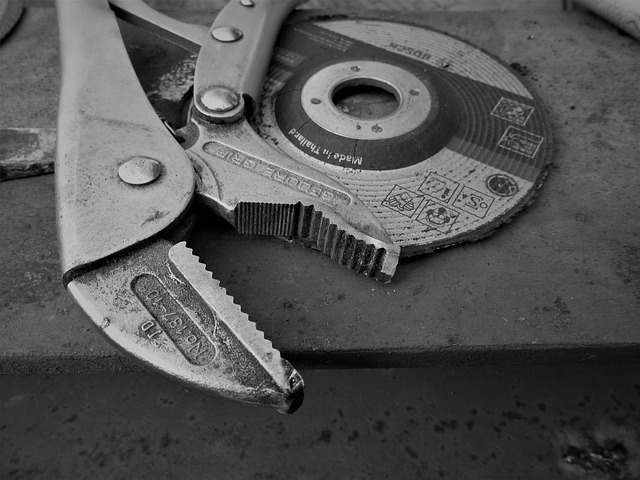DIY pipe insulation is an effective way to winter-proof your home, saving energy bills and preventing plumbing damage. Gather materials like flexible foam or fibreglass blankets, a utility knife, tape, gloves, and goggles. Identify vulnerable pipes in crawl spaces or outside walls, measure and cut insulation to fit precisely around each pipe for a secure seal. Reinstall the insulated pipes and secure them with duct tape. For outdoor pipes, consider heat-reflective insulation for extra cold weather protection.
Keep your home warm and prevent frozen pipes this winter with our comprehensive guide to DIY pipe insulation. Understanding your specific needs is key; inspect exposed pipes to determine vulnerability. Gather essential materials like insulation, tape, and gloves. Our step-by-step process ensures effective protection, from identifying vulnerable areas to wrapping pipes and sealing joints. Boost energy efficiency and avoid costly repairs by mastering these simple DIY pipe insulation tips.
- Understanding Your Home's Pipe Insulation Needs
- Gathering the Right Materials for DIY Insulation
- Step-by-Step Guide to Effectively Winter-Proof Your Pipes at Home
Understanding Your Home's Pipe Insulation Needs

Understanding your home’s pipe insulation needs is a crucial first step in winter-proofing your property. Different pipes within your walls, floors, and ceilings have distinct requirements based on their location and material. For instance, water pipes in uninsulated wall cavities may be more vulnerable to freezing during cold spells, while heat-carrying pipes in floors could lead to energy loss if not adequately insulated.
DIY pipe insulation allows you to take control of these issues. By assessing your home’s plumbing layout and identifying areas prone to temperature extremes, you can target specific pipes for enhanced insulation. This approach ensures that your water supply remains undisturbed during winters and minimizes heat escape, ultimately saving on energy bills and preventing potential plumbing damage.
Gathering the Right Materials for DIY Insulation

Before you begin your DIY pipe insulation project, it’s crucial to gather all the necessary materials. This includes insulation itself, typically in the form of flexible foam or fibreglass blankets, along with a utility knife for cutting to size, tape to secure the insulation, and protective gear such as gloves and goggles. Additionally, you’ll need access to pipes that require insulation—usually found in basements, attics, or outdoor areas. Ensure these pipes aren’t exposed to extreme temperatures yet; you want to insulate them before winter sets in. The right materials will make your DIY process smoother and more effective, resulting in improved energy efficiency for your home.
Step-by-Step Guide to Effectively Winter-Proof Your Pipes at Home

To effectively winter-proof your pipes, follow this step-by-step guide for successful DIY pipe insulation. First, locate the pipes that need protection, typically in crawl spaces, garages, or outside walls. Then, gather materials like pipe insulation (in foam or fiberglass), duct tape, and a utility knife. Next, measure and cut the insulation to fit around each pipe, ensuring a tight seal. After inserting the insulated pipes back into their original locations, secure them with duct tape for added protection against extreme temperatures. For outdoor pipes exposed to freezing weather, consider using heat-reflective insulation or wrapping them in pre-cut foam pads for extra insulation.
Winter can be harsh on your home’s plumbing system, but with some DIY pipe insulation, you can prevent freezing pipes and costly repairs. By understanding your home’s specific needs and gathering the right materials, you can effectively winter-proof your pipes using simple, effective techniques. Armed with knowledge and a few tools, you’ll be well-prepared to keep your home’s plumbing flowing smoothly all season long.
